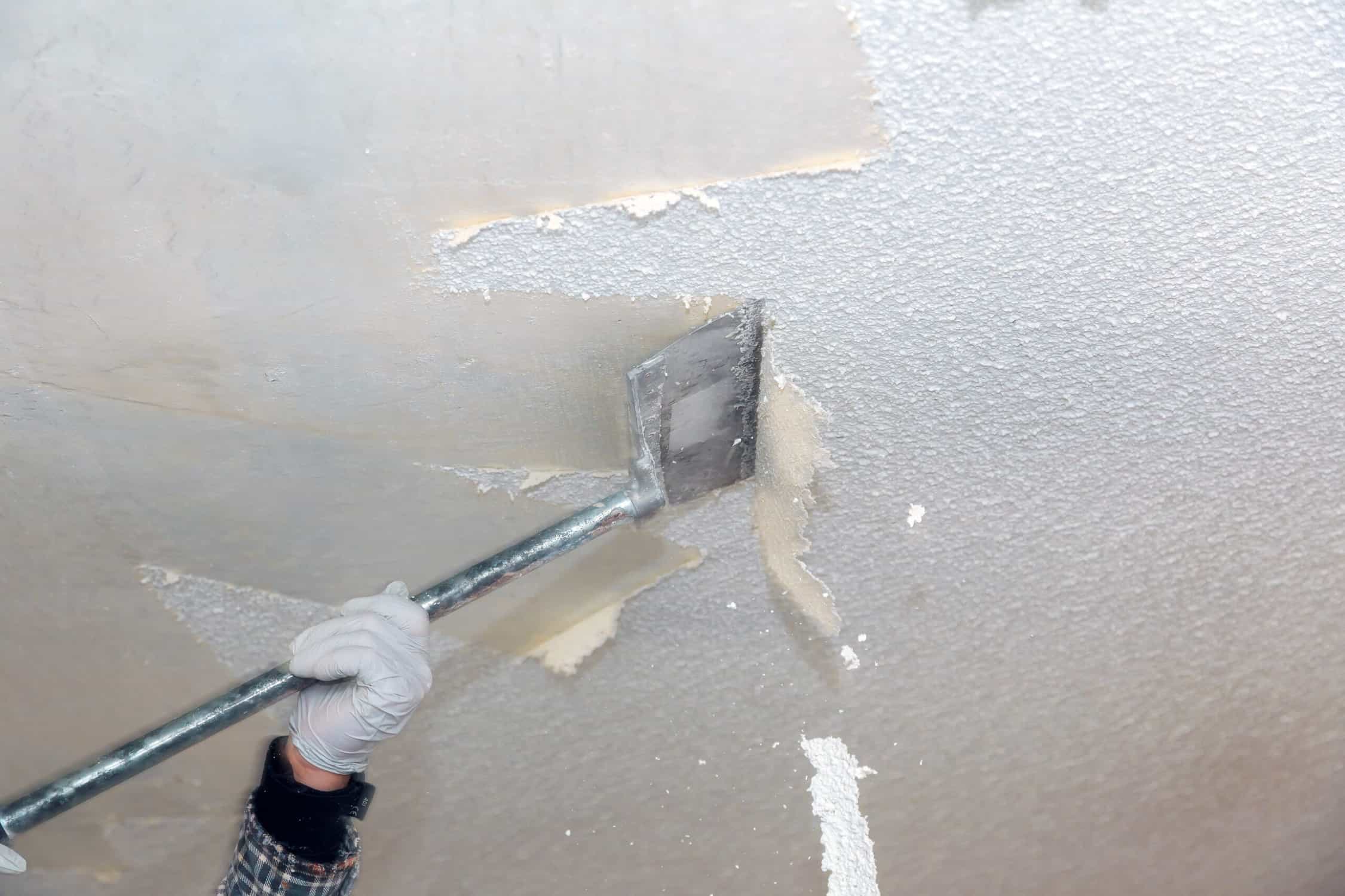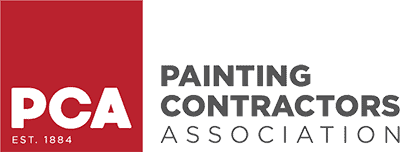What Causes Paint to Blister: 6 Common Reasons
Paint blistering can cause the paint to peel off, leaving your home vulnerable to potential damage. To prevent these issues, it is crucial to keep a regular check on your property and promptly reapply paint as needed. By doing so, you can safeguard your home and maintain its protective layer intact.
The blistering of paint can lead to the paint peeling off. Since paint acts as a protective layer for your home, its deterioration can expose your property to damage. Therefore, it’s important to regularly check your property and reapply paint when necessary to prevent the problems caused by paint blistering.
What Causes Paint to Blister
Understanding what causes paint to blister is key to maintaining the longevity and appearance of your home’s paintwork. Paint blistering, characterized by the formation of bubbles or blisters beneath the paint surface, can be attributed to several factors:
1. Trapped Moisture
One of the primary reasons for paint blisters is moisture getting trapped beneath the paint layer. This often happens due to high humidity during painting, inadequate surface preparation, or painting over a damp surface. The trapped moisture tries to escape, pushing against the paint and causing it to blister or bubble. In severe cases, this can even lead to the paint peeling off.
2. Plumbing Or Roofing Leaks
Leaks from plumbing fixtures or roofs are also common culprits behind paint blistering. These leaks can damage drywall, leading to blistering and bubbling of the paint. It’s not only a paint issue but can also be costly, involving repairs from plumbers or roofers. Consistent inspections for leaks can play a vital role in avoiding this kind of paint damage. It’s crucial to address the root cause – the leak – before repainting, or the problem will quickly reappear.
3. Use of Poor-Quality Paint
Lower-quality paints, often filled with subpar resins and fillers, need to adhere properly to surfaces. This poor adhesion can result in the paint layer bubbling. Quality paint is essential for a durable and blister-free finish.
4. Intense Heat
Paint blistering may also be caused by high temperatures. In hot weather, the thinners in the paint may vaporize, causing the paint to expand and form blisters. Additionally, improper application techniques with rollers or brushes can introduce air bubbles, contributing to blistering.
5. Using Paint on Incompatible Surfaces
Paint blistering often occurs when paint is applied to surfaces incompatible with the paint type. Incompatible surfaces can include:
- Freshly installed drywall requires thorough dusting and cleaning.
- Uncleaned surfaces that still require thorough attention.
- Walls behind beds without headboards that need to be cleaned properly.
- Door jambs that need to be well-prepared for painting.
Applying water-based latex paint over oil/alkyd paint without priming can also lead to blistering. The lack of proper bonding between the paint film and the surface results in bubbles, which can vary in size and may eventually lead to paint peeling or flaking. Priming is critical to prevent such issues before painting an alkyd/oil surface with latex paint.
6. Improper Thinning or Dilution of Paint
The correct consistency of paint is crucial for avoiding paint blistering. Over-thinning or over-diluting paint can lead to the formation of bubbles. Too much liquid can make the paint’s binding agents less effective, causing air bubbles to get stuck under the drying paint. Additionally, excessively thinned paint may result in inadequate coverage and an uneven final appearance. To prevent this, it’s important to adhere to the manufacturer’s recommendations regarding the thinning and dilution of paint.
By addressing these factors contributing to what causes paint to blister, homeowners can ensure a smoother, more reliable paint application. Proper surface preparation, choosing the right paint for the surface, and following manufacturer guidelines for paint application are key steps to prevent paint blistering.
How To Prevent Paint Blistering
Understanding what causes paint to blister is crucial for achieving a perfect finish in any painting project. Paint blistering, marked by the formation of bubbles under the paint surface, can be prevented by following these simple yet effective steps:
- To prevent paint blistering, ensure the surface is properly repaired and cleaned and each coat of paint is fully dried before applying the next. Adequate preparation is key to avoiding moisture-related blistering.
- Opt for high-quality paints from reputable brands to reduce the risk of blistering. Even application using a thick-nap roller is also essential.
- Avoid thick paint applications; instead, use multiple thin coats to prevent air from getting trapped underneath, which can cause blistering.
- Make sure that every layer of paint is fully dried before adding the next one to avoid the risk of the paint bubbling due to moisture.
- Follow the precise guidelines provided by the paint product for applying and drying times in order to achieve a seamless surface.
Fixing Paint Blistering: A Step-by-Step Guide
Addressing paint blistering, where paint forms bubbles or blisters, is crucial for maintaining the aesthetics of your walls. This guide provides a step-by-step approach to fix paint blistering effectively:
- Remove the Damaged Paint: Start by scraping off the bubbled or blistered paint using a sharp putty knife. This is an important step in addressing what causes paint to blister, ensuring that the surface is ready for a fresh coat of paint.
- Prepare the Surface: Once the damaged paint is removed, sand the area to smooth it out. Then, clean the sanded area with a damp cloth to remove dust. Proper surface preparation is essential in preventing future paint blistering.
- Prime the Surface: Apply a high-quality primer to ensure better paint adhesion, which is vital in preventing paint blistering. If there are depressions where the blisters are, use a thin layer of spackle to even out the surface, then sanding and priming again. This phase is crucial for laying a solid basis and addressing the underlying cause of paint blistering.
- Repaint Any Damaged Areas: After the primer dries, apply a thin layer of paint. Allow this to dry completely before adding additional coats. For a consistent look, especially in visible areas, you should repaint the entire wall to ensure uniformity. This is especially important when dealing with old paint that has aged, as it can be challenging to find a new paint that matches the old one.
Enhancing Property Value with Professional Painting
A well-maintained and professionally painted property looks appealing and significantly increases in value. Whether it’s a residential home or a commercial space, the condition of the paint job greatly influences its worth. Regular maintenance, including checking for sun damage and understanding what causes paint to blister, is essential in preserving the appearance and structural integrity of the property. Left unchecked, these issues can lead to extensive damage, affecting both the exterior and the interior.
W. Sumter Cox Painting provides expertise in selecting the right paint, proper application techniques, and solutions for common problems like paint blistering. This expertise ensures a visually pleasing result and contributes to the paint job’s longevity, saving you money in the long run by reducing the need for frequent repairs and touch-ups.
For a FREE estimate and to learn more about how we can prevent issues like paint blistering, call us at 704-389-2577. Our team is ready to help you maintain and increase the value of your property with a professional paint project!


